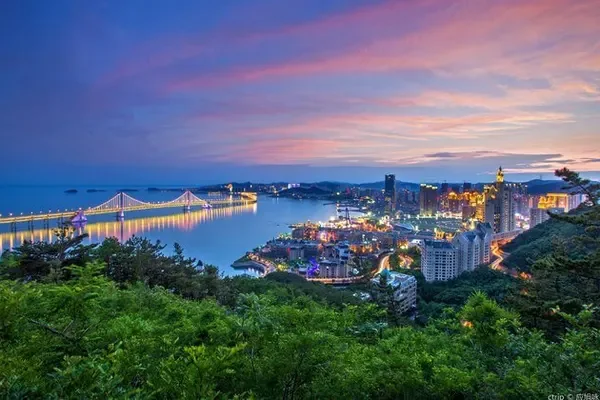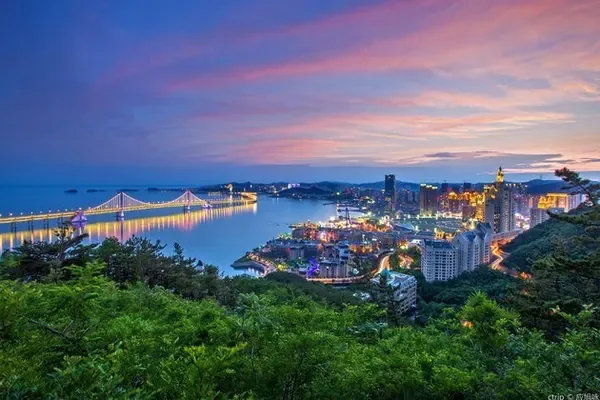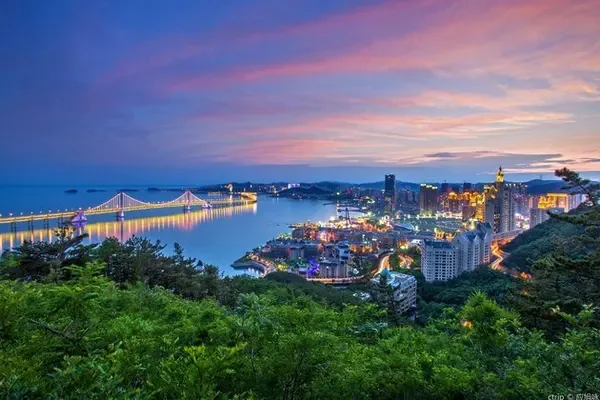Trip to Shanxi and Shanxi (12) Also see the wooden pagoda in Ying County
I visited Yingxian Wooden Pagoda more than 20 years ago, and revisited the old place. The original narrow, low, and messy environment disappeared. The navigation took us directly to the parking lot of the scenic spot. In front of us was a wide Siqian Road, covered with flowers. and dotted with green trees.


Across the road, on the west side of Yingxian Wooden Pagoda, a new "Gion" was built, with dense green trees and grass, and the tall wooden pagoda can be seen from a long distance.


The ruins of the ancient city wall of Yingzhou are also erected there, telling people about the past and anecdotes of history.

The street in front of the temple is called "Liao Dynasty Street". On both sides are ancient buildings imitating the Liao Dynasty style, with carved beams and painted buildings, and cornices and cornices. The shop's pretense is swaying outside, and the business inside the shop is booming.


The official name of the wooden pagoda in Yingxian County is "Sakyamuni Pagoda", and its full name is "Sakyamuni Pagoda of Fogong Temple". It is located in Fogong Temple. On the north side of Liaodai Street, there is a wooden archway with four pillars and three gates, and the inscription "Futu Pagoda". From there, the wooden pagoda in the garden can be clearly seen.



The passage that could have been directly entered was blocked. From here, turn left, go around the fence, and enter on the west side of the courtyard. This is the gate of Fogong Temple, with gray tiles and raised eaves, guarded by stone lions, and Maitreya Buddha is enshrined inside.





On the square in front of the mountain gate stands a statue of a Bodhisattva carved in white marble. When you walk up to it, the Bodhisattva holds a vase in his hand and looks at all living beings peacefully.


Pass through the mountain gate and enter the pagoda courtyard, where the Sakyamuni pagoda is unobstructed and unobstructed, standing completely under the blue sky and white clouds.

It's the first time for Mutu Yutian to come here. I walked to the path in front of the pagoda and took a photo to visit here.

Sakyamuni Tower was built in the second year of Qingning in Liao Dynasty (AD 1056). It is the tallest and oldest wooden tower building in China. ". In front of the pagoda, there are whirling trees and guarded by iron lions, which has a sense of vicissitudes of history.



The Sakyamuni Pagoda is located on a 4-meter-high step, with a height of 67.31 meters and a diameter of 30.27 meters at the bottom, in a plane octagonal shape. When climbing the steps and looking up at the wooden tower, there is an oncoming sense of oppression.




Enter from the south gate on the first floor of the wooden pagoda, where Sakyamuni Buddha is enshrined, bow your head to worship before the Buddha, and then come out from this gate. The upstairs is not allowed to go up, walk around the tower from here, to feel the warmth of the Buddha.



Looking north from the base of the pagoda, there is the backyard of Fogong Temple, and a brick bridge connects the two courtyards. Stepping through the door, the inside is also the Buddha's world.






Go out from the side door and go around to the north of the backyard. A new hall has been built. It seems that the Fogong Temple will expand its site again.

Go back to the pagoda courtyard, look around the wooden pagoda, find an angle, and take a few more photos.



Farewell, Shakyamuni!


